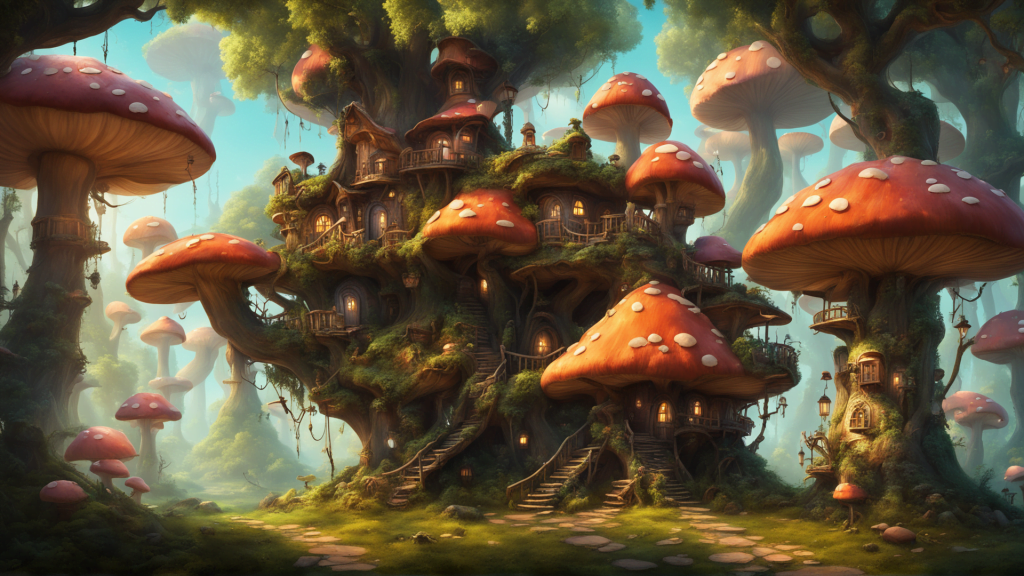Introduction
Art has long been a reflection of human creativity, imagination, and emotions. From the earliest cave paintings to the most cutting-edge digital masterpieces, art has evolved with the times. Today, a new artist is emerging on the scene, one that can produce incredible artwork without having a human consciousness or even a physical form: Artificial Intelligence (AI). In this article, we will explore the world of AI-generated artwork, its evolution, the technology behind it, and its impact on the art world.
The Evolution of AI Art
The idea of AI generating artwork may sound like science fiction, but it’s a reality that has been developing for several decades. The seeds of AI art were sown in the mid-20th century when computer scientists and artists began experimenting with early forms of computer-generated art. However, it wasn’t until the last decade that AI art truly took off, thanks to advances in machine learning and deep learning.
In 2015, a breakthrough occurred with the introduction of Google’s DeepDream, a neural network capable of creating psychedelic and surreal images. This marked the beginning of a new era in AI art. Subsequently, in 2018, the auction of “Portrait of Edmond de Belamy,” an AI-generated artwork by the Paris-based art collective Obvious, fetched an astounding $432,500 at Christie’s. This auction showcased the growing acceptance of AI-generated art in the traditional art world.
The Technology Behind AI Art
AI-generated art relies on various technologies, primarily generative algorithms, deep learning, and neural networks. Here’s a brief overview of how these technologies work together to produce art:
- Generative Algorithms: These algorithms are the core of AI art. They can generate new content based on patterns they have learned from existing art. For example, they can analyze thousands of paintings to identify common elements, styles, and themes, and then generate new artworks that mimic these patterns.
- Deep Learning: Deep learning is a subset of machine learning that involves artificial neural networks inspired by the human brain. These networks can recognize and learn complex patterns in data, making them ideal for analyzing and generating art.
- Neural Networks: Neural networks are the architecture that underlies many AI art generators. They consist of layers of interconnected nodes, each processing and transforming data to generate artistic outputs.
AI Art Styles
AI-generated art can mimic various art styles, and its versatility is a testament to the power of these algorithms. Some popular styles include:
- Abstract Art: AI can create intricate and colorful abstract artworks that challenge the viewer’s perception and understanding.
- Impressionism: AI can produce pieces that resemble the brushwork and color palettes used by famous impressionist painters like Monet and Renoir.
- Cubism: AI-generated cubist art plays with geometric shapes and distorted perspectives.
- Surrealism: Surrealistic AI art often features dream-like and bizarre imagery that blurs the lines between reality and the subconscious.
- Portraits: AI can also generate realistic or surreal portraits, often with a distinctive twist.
Impact on the Art World
The rise of AI-generated art raises significant questions and challenges in the art world. While some traditionalists argue that AI art lacks the soul and intentionality of human-made art, others see it as a creative collaboration between humans and machines. The debate over authorship, copyright, and authenticity is ongoing.
Nevertheless, AI-generated art has found acceptance in the art community and is even exhibited in prestigious galleries and museums worldwide. It challenges our understanding of creativity and opens up new possibilities for artists to explore and experiment with technology.
Conclusion
AI-generated artwork is a testament to the transformative power of artificial intelligence. It has redefined what it means to be an artist and has blurred the boundaries between human and machine creativity. As AI continues to advance, we can only anticipate more exciting developments in the world of AI art, challenging our perceptions of creativity, authorship, and the very nature of art itself. Whether it’s seen as a revolution or an evolution, AI art is undoubtedly here to stay.

